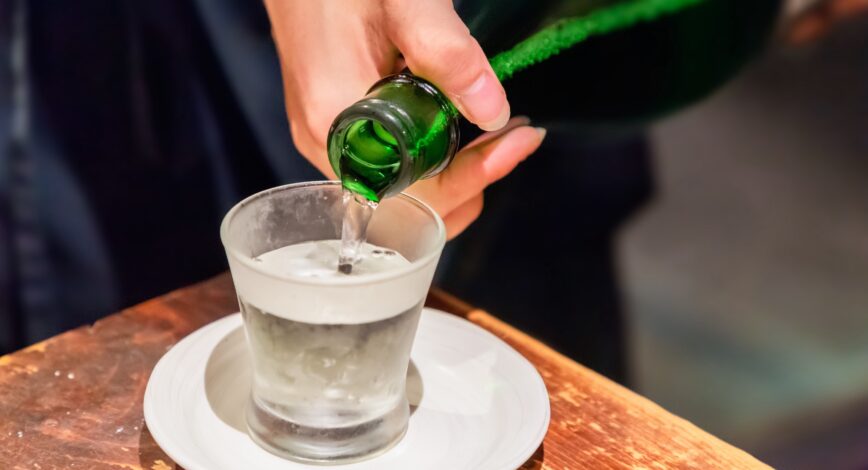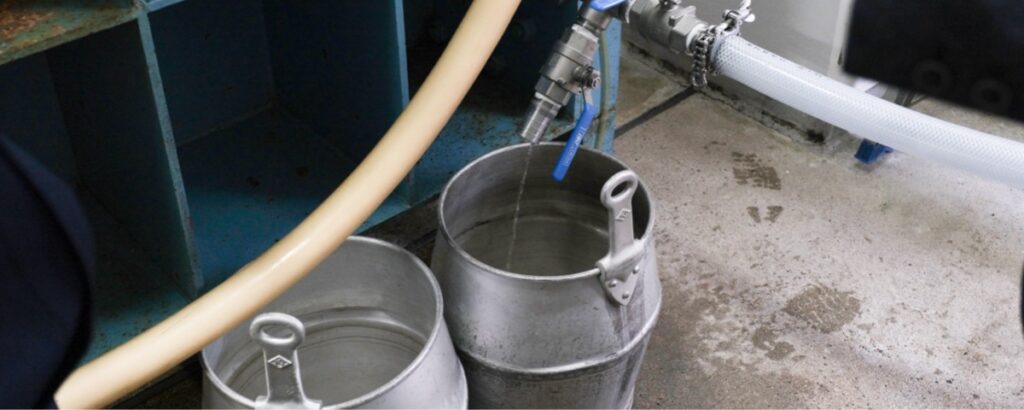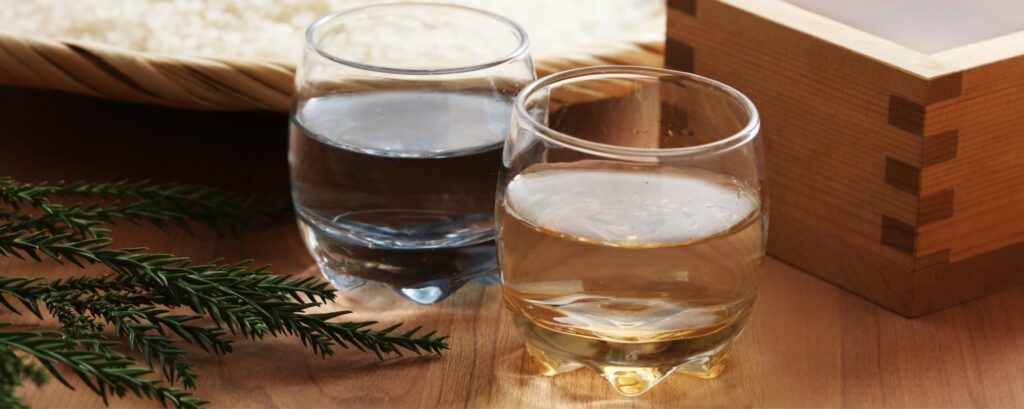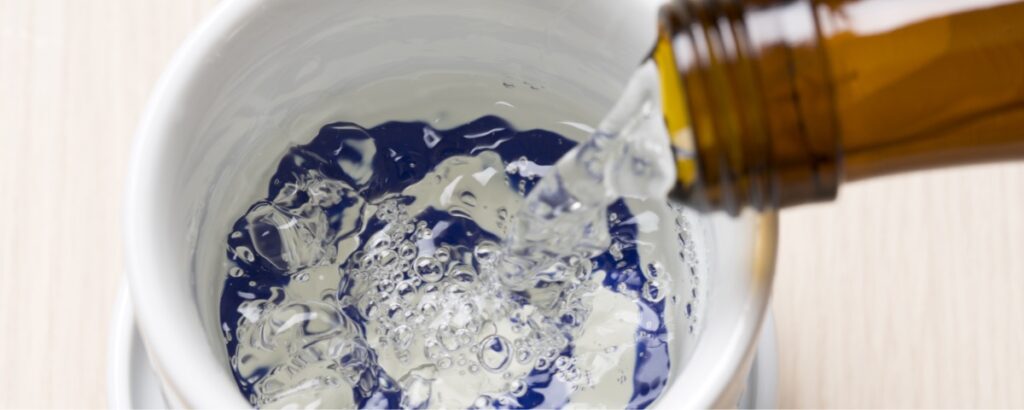
Serving
Genshu(原酒)
Have you tasted Genshu (原酒) meaning base / origin of Sake? Genshu is freshly made by filtering Moromi, fermented composition of rice, water and koji. For Genshu, the flavour nor level of alcohol is adjusted. Thus Genshu tends to carry a rich taste of rice and umami resulting in giving a powerful punch in the end. If you generally enjoy Sake, I would recommend you try Genshu to feel the genuine flavour of rice. Let us discover the features of Genshuin in this article.
Contents
What exactly is Genshu?

During the normal process of Sake, Moromi is separated into Sake and Sake-kasu (Sake lees) by filtering, and some water is added to the filtered portion. When water is added, taste, flavours and level of alcohol becomes adjusted and diluted. For the production of Genshu, no water is added, in other words, Genshu tends to carry powerful flavours. Sake becomes milder after water is added. It turns easier to drink with lower alcohol and less prominent flavour.
Genshu genuinely reflects the artisanal work of brewers as well as the ingredients, namely, rice, water and koji. Therefore breweries would like customers to try their Genshu as it is the supreme work of the brewery. There are a core fans of Genshu due to its unique flavours and relatively higher level of alcohol.
Characters of Genshu

Since there is no water added for an adjustment of flavours, Genshu is said to expresses sweetness, bitterness and other flavours more clearly. It blossoms rich powerful tastes, maintaining approximately 20 degrees of alcohol.
As the fermentation lasts, the composition of alcohol also continues, thus the flavours of contents are enhanced. However, while rich flavour like umami is composed, negative flavour namely zatsumi (雑味), unpleasant extraneous taste, also appear in Moromi. It is up to brewers’ craftmanship to balance the tastes by extracting umami to the full while reducing zatsumi to the least.
The charm of Genshu is that people can enjoy a powerful genuine taste of ingredients, and high alcohol level should not be the prime attraction. With a development of technics in production, it became possible to produce Genshu at a lower alcohol level, approximately 13-14 degrees.
Genshu and Nama-sake: what are the differences?

Some confusions lie between Genshu and Nama-sake. Simply speaking, Genshu is Sake without added water, i.e. without an adjustment of tastes, flavours nor level of alcohol, whereas Nama-sake is Sake that does not pass the process of Hi-ire, pasteurization. Hi-ire is performed to kill bacteria that cause deterioration of sake. Hi-ire is usually performed once before filtering, and second time before bottling. When Sake is produced with only one-time Hi-ire or none, the Sake is categorized as Nama-sake.
- Nama-sake: No pasteurization is performed
- Nama-chozo-shu: Pasteurization is not performed before storage, but performed prior to bottling.
- Nama-zume-shu: Pasteurization is performed before storage, but not prior to bottling
Nama-sake is likely to carry more acidic fresh flavours than normal Sake. Without a pasteurization process, enzymes and kobo (yeast) are still active inside Sake, therefore it is generally more difficult to maintain the quality even when chilled chain is assured.
Nama-chozo-shu omits pasteurization before storage, so it retain fresh flavours similar to Nama-sake. It, however, is pasteurized before bottling to reduce the activities of micro biotics, so deterioration in quality is slower than that of Nama-sake.
Nama-zume-shu (生詰酒) is Sake pasteurized before storage. It is not as acid as Nama-sake, and it has a smoother and richer / aged flavour. Without pasteurization, the containt is susceptible to outside environment so it is easy to deteriorate. We should keep an extra eye on the quality control.
Nama-sake used to be only available on-site of Sake breweries. Thanks to the development of transportation as well as chilled chains, people came to enjoy Nama-sake at their homes. It is up to your preferences; you can enjoy its freshness, otherwise give some time and enjoy the transformation of the taste along with time. Recently, there is a new categorization of Sake which is made without added water, nor pasteurization. The Sake has characters for both Genshu and Nama-sake, so this type of Sake is called Nama-Genshu. Its taste is fresh and rich in brief. I recommend you try this type of Sake to discover the authentic charms of Sake.
How to drink Genshu?

How you drink Genshu is up to your preferences, as for other types of Sake. Be reminded that its alcohol is slightly higher than others, so take time to enjoy every sip. One of the recommendations is drink it on the rock. Not only it truly expresses the charms of Genshu, it can also give the opportunity to enjoy the transformation of taste as the ice melts.
ikki is looking for a partner who can post your knowledge or activity on our media. If you are interested please contact us through CONTACT page.







